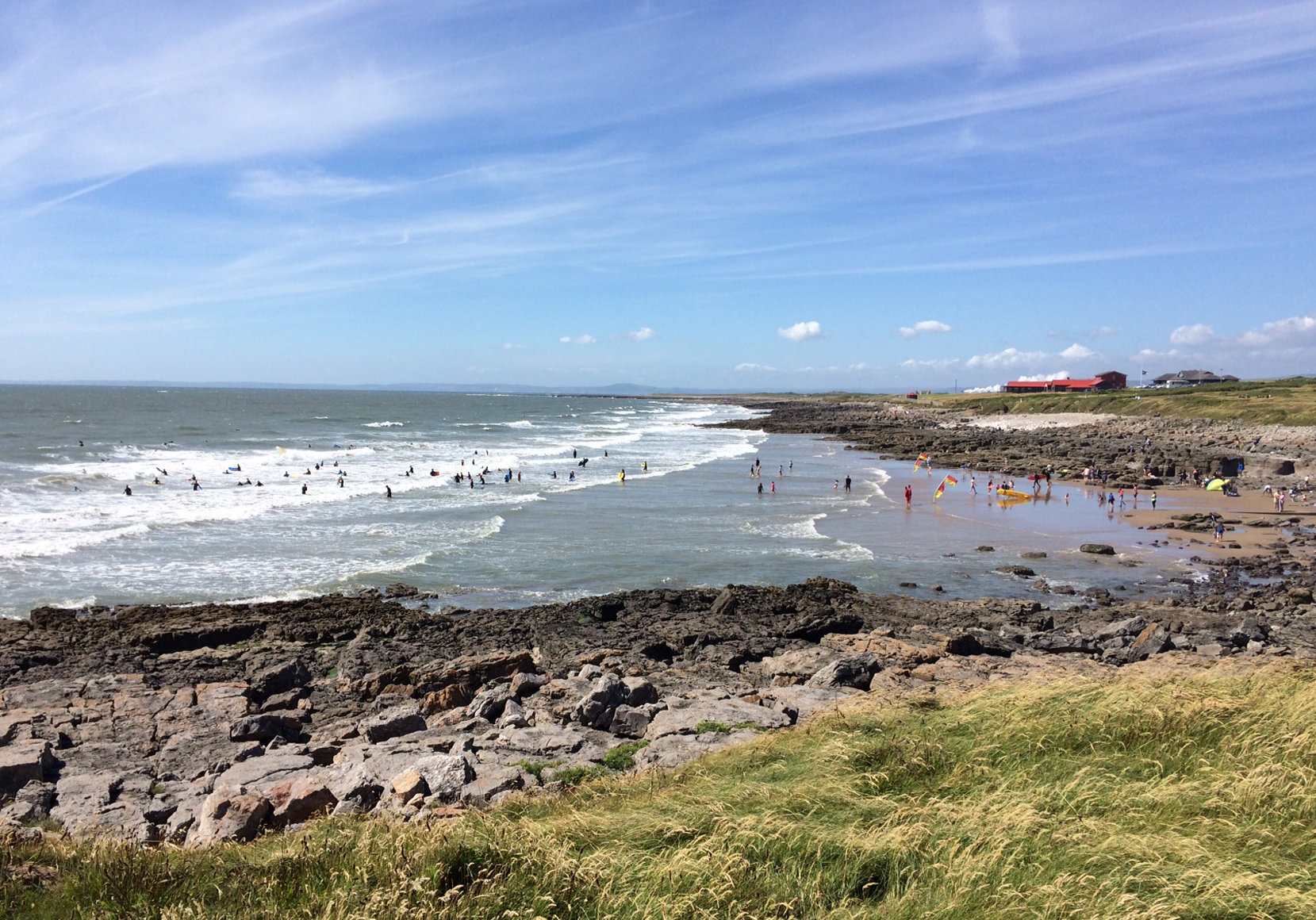Vegetation clearance
Development guidance
Certain flora and fauna in Wales have special protection. This is normally because of:
- their vulnerable conservation status as they are endangered or declining in number or range either in the UK or the European Community
- they can be the victims of persecution or cruelty as with hunted badgers or the collection of birds’ eggs
Legislation independent of but closely related to the Town and Country Planning legislation in Wales protects these species.
The main acts for protecting biodiversity in England and Wales are the Wildlife and Countryside Act 1981, and the Countryside and Rights of Way Act 2000. Legacy European laws include:
- The Conservation (Natural Habitats and so on) Regulations 1994 (the Habitats Regulations) which implement the Habitats Directive LXV’s requirements regarding species in its IV and V Annexes
- The Conservation of Habitats and Species Regulations 2010, which consolidate all the various amendments made to the 1994 Regulations regarding England and Wales
In addition to legally protected species, the planning and development process has a fundamental role in safeguarding the wider environment. Planning Policy Wales requires local authorities to protect wildlife and natural features in the wider environment, with appropriate weight for priority habitats and species in Biodiversity Action Plans.
Where a development has a reasonable chance of affecting a designated site or protected or priority habitat/species, assessment of the likely impact must be made.
Planning Policy Wales states that, “The presence of a species protected under European or UK legislation is a material consideration. That is, when a local planning authority considers a development proposal that if carried out would likely disturb or harm the species or its habitat”.
Therefore it is essential to establish whether a protected species is present and the extent a proposed development may affect it before granting planning permission. Before receiving consent, you should run a habitat assessment and survey work for its presence or absence and use level. It is best practice to carry out such a survey before submitting a planning application.
Where a development could affect protected species and the authority requires a survey, you must complete it and enact any necessary protection before receiving permission. This may include measures like through conditions and/or planning obligations.
In appropriate circumstances, the permission may also set a condition preventing the development without first getting a licence under the appropriate wildlife law.
Further guidance in accounting for protected species in development is in ‘Technical Advice Note (TAN) 5: Nature Conservation and Planning (2009)’. This document gives advice about how the land use planning system should contribute towards protecting and enhancing biodiversity and geological conservation. Read it in conjunction with ‘Planning Policy Wales’.
Annex 7 of TAN 5 explains the legal provisions for protecting birds, badgers, other animals and plants. It explains where licences may be needed for certain operations associated with development. A list of all protected species of animals and plants can be found in TAN 5’s Annex 8 under Table 2.
Several sources including Natural Resources Wales give further guidance on protected sites and species in Wales.
Image credit: 'Forest Harvesting (22)' by Disco-Dan. License credit.

